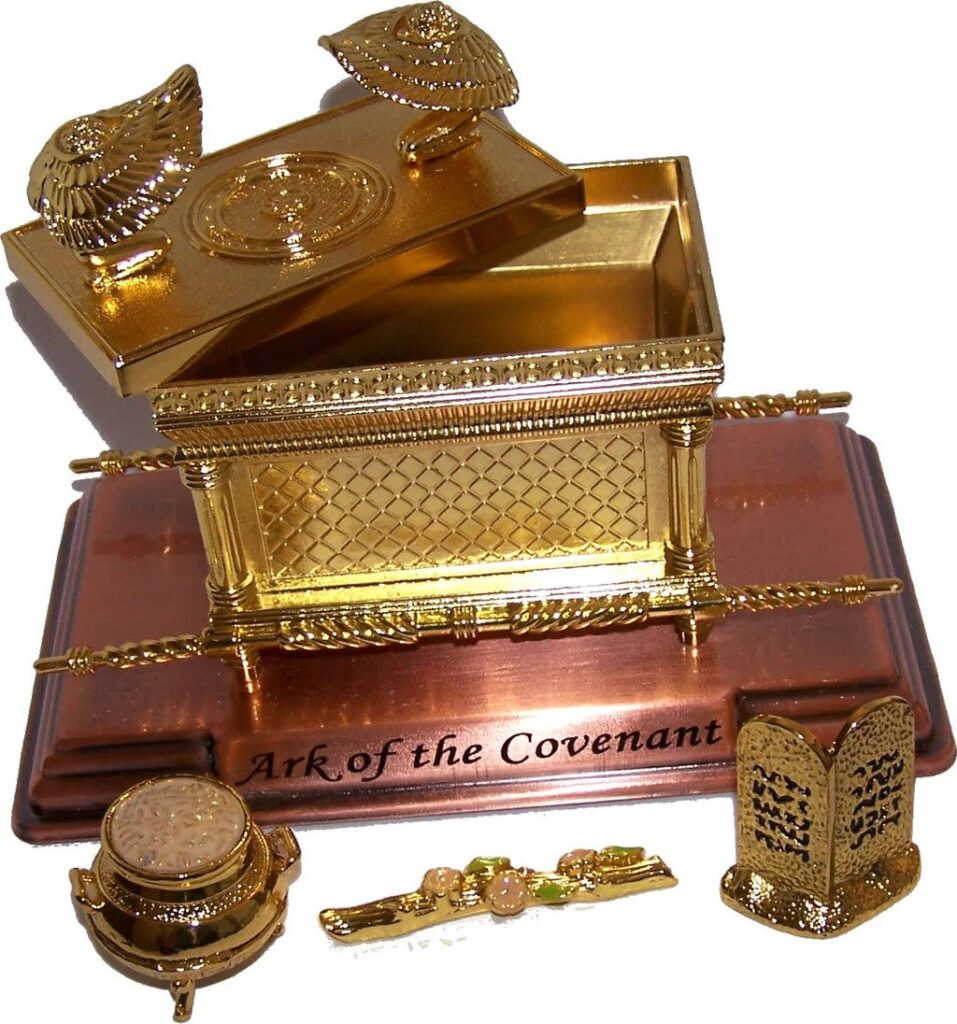Many years ago, when my wife, Lauren ran NCSY Ottawa, I recall going to programs and hearing a particular cheer. When someone would get up to speak, the kids would say “You look so beautiful, as usual, inside and outside, especially your … (fill in the blank)”. It struck me that when complimenting the person speaking, they highlighted the fact that the person was beautiful both inside and out. Contrast that with the saying that “beauty is only skin deep”. Unfortunately, many people may look beautiful on the outside or may act beautifully on the outside, but underneath they are not very nice people.
In this week’s Torah reading, Parshat Terumah, the Torah describes the items that were going to be used in the Mishkan (Tabernacle). The first item listed is the Aron – the Ark. The Torah tells us its dimensions and the materials it should be made from. The Torah then says (25:11) “You shall overlay it with pure gold; on the inside and on the outside you shall overlay it”. The Aron was actually made of 3 separate boxes, one inside the other. The inner and outer ones were made of gold and the middle one was made of wood. In this way both the inside and outside were the same, they were gold. The Talmud in Yoma 72b comments that just as the Aron which represents Torah was the same on the inside and outside, so too a Torah scholar should be the same on the inside as on the outside. In truth this applies to all of us. A person should not just act like a good person when other people are watching, we should be the same on the inside. The good manners and the kindnesses we do are not just for show, they should be who we really are.

One other lesson we can learn from the way the Aron was made. The middle section was made of wood. This was so that it should not be too heavy and become a burden for those assigned to carry it. So too, we must make sure that we don’t act in a way that makes us a burden to others. Even in the Mitzvos we perform, we should make sure not to do things in a way that creates a burden for other people. I may want to be more careful, or do more, which is great; but not at someone else’s expense.
The Aron is symbolic of the Torah. And just as the Torah teaches us how to conduct ourselves in all situations, so too the way the Aron was constructed teaches us that we must be consistent in our behavior, yet nuanced and aware of the impact of our behavior on others.
Shabbat Shalom,
Rabbi Shaps

